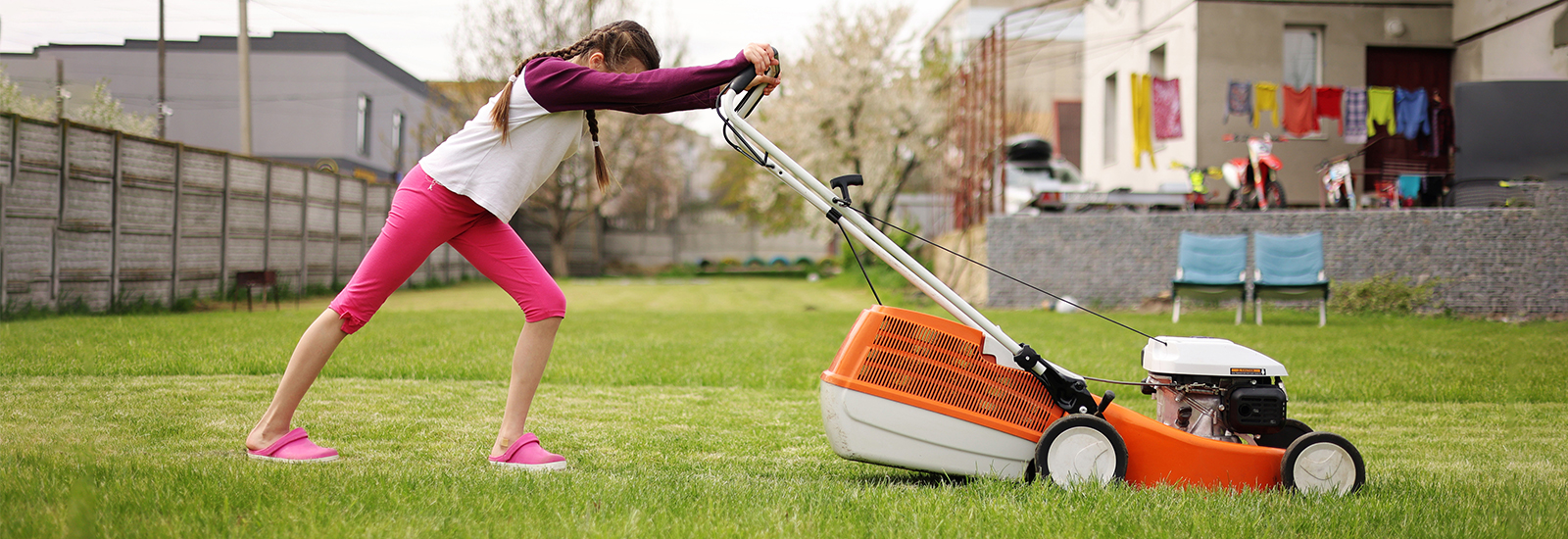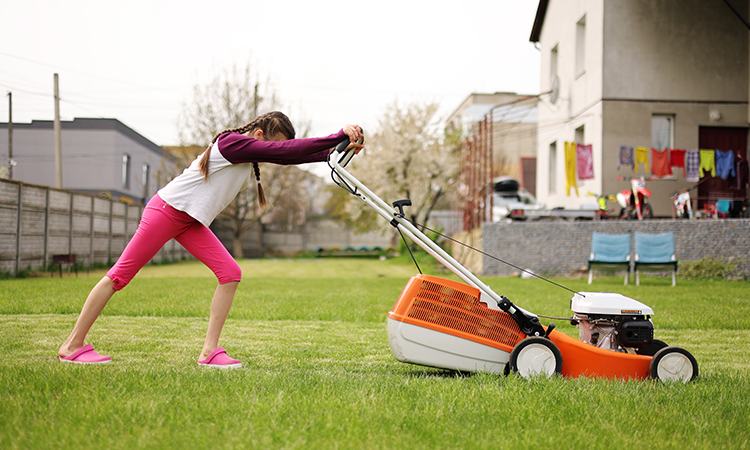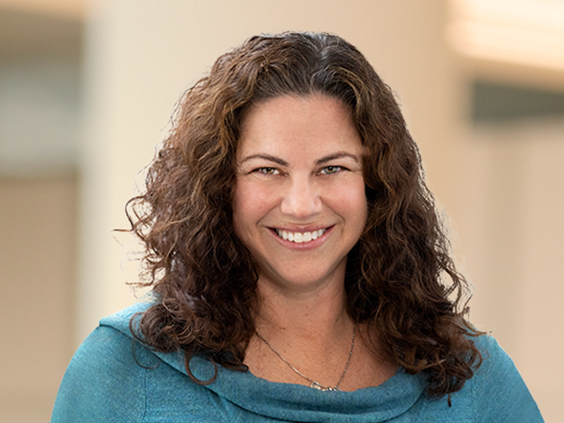Key takeaways
- Know how — and how much — you’ll be paid
- Open a banking account made especially for teens
- Activate direct deposit for recurring paychecks
- Set spending goals and track your progress with LifeSync®
- Understand the true cost of things so you can spend wisely
- Tuck money away in a retirement account now while you’re in a low tax bracket
- Don’t be left footing the bill for your friends
Congratulations on landing a summer job. Or ramping up a side hustle. Or picking up gig work, like babysitting, lawnmowing, and dog walking. Now that you’ve got your own cash in your pocket, you might be wondering what to do with it. If you’re feeling hyped, proud, and maybe a little scared, you’re not alone. According to the recently released Wells Fargo Money Study, 54% of teenagers ages 14-17 sought more financial advice over the past year. And more than half said they could use a “mental reset” when it comes to how they think about money.*
“Your parents can be a great resource,” said Michael Liersch, head of Wells Fargo’s Advice and Planning. “It’s normal to ask them for input, even when you’re feeling independent.” In fact, 66% of teens say their parents had the single-most positive influence on their approach to money.
If you’re looking for more advice, you can meet face-to-face with a banker. Just go into a branch, either with a parent or guardian, or by yourself if you’re a customer. You can also make an appointment.
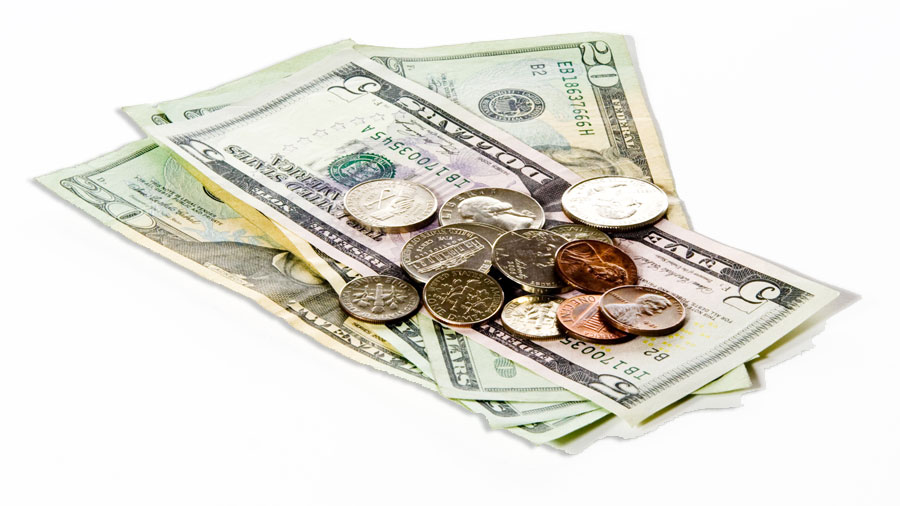
1. Know how – and how much – you’ll be paid
Depending on the type of job and frequency, you could get paid in a variety of ways: in cash, by check, through direct deposit, or with Zelle® or another digital payment app.
- You work at a company. You’ll generally get a paycheck with the payroll taxes, like those for Social Security and Medicare, withheld. Because of this, the actual amount for you — your take-home pay — will probably be less than you might have figured. Use a paycheck calculator to get a better idea.
- You work for yourself. This could be making extra money by selling crafts or clothes online, cleaning pools, coaching or tutoring, or any of the usual side hustles for teens. If you make more than $400 after expenses, you may owe self-employment taxes. These are taxes that an employer would normally withhold through payroll, and you may have to pay them even if you don’t earn enough to pay income taxes.
- You get paid with tips. If you’re serving at a restaurant, caddying, valeting, or any other job where your income is augmented with tips from customers, keep a daily record using an IRS form or similar. You’re responsible for paying income, Social Security, and Medicare tax on that tip money.
Consult with a professional tax advisor, the IRS, and relevant IRS publications for additional information.
2. Open a banking account
Look for one — such as Wells Fargo’s Clear Access Banking account— that has benefits for teens, like no monthly service fee if you’re under 24 years old and no overdraft fees1. Other key features include mobile deposit2, bill pay, and sending and receiving money with Zelle®3.
Make an appointment to visit a branch with a parent or guardian and meet with a banker. When you have your account, load your debit card to your digital wallet4 so you can pay for everyday things with your phone.
Make it a habit to check your bank account balance and transactions at least once a week. (Wells Fargo customers can do this easily through the Wells Fargo Mobile® app.) Set up alerts5 so you know when your paycheck comes in or if your account balance dips below the amount you specify.
3. Activate direct deposit
If offered by your employer, Direct Deposit is a convenient, safe, and faster way to have your recurring paycheck automatically deposited into your account, so you won’t have to worry about checks getting lost, delayed, or stolen, or making a trip to the bank to deposit.
Some banks may also offer additional benefits. For example, Wells Fargo Direct Deposit includes Early Pay Day, which gives you access to your eligible direct deposit up to two days early. All you need is your bank account number and routing number to set it up.
4. Set spending goals
So, what do you want to spend your money on?
Maybe you want to save a chunk of cash to buy a car, move into an apartment, or take a big trip. You have to save money to spend money.
Our Money Study found 98% of teens agree now is a good time to save. One way to get started is to set attainable goals and track your progress. All Wells Fargo customers, including Clear Access Banking account holders, have access to LifeSync in the Wells Fargo Mobile® app, an easy way to set and track your money goals.
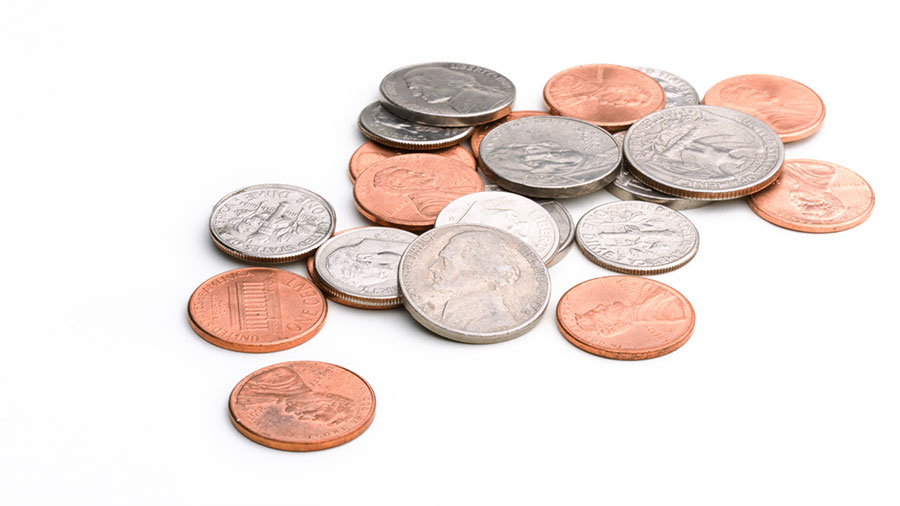
5. Understand the true cost of things so you can spend wisely
It’s less about budgeting, and more about knowing and preparing for ongoing costs. Write down what you pay weekly, monthly, or annually for expenses such as gas, eating out, clothes, gym membership, phone bill, and so on. If your bank has bill pay, you can schedule automatic payments so you’re always paying your bills first. Then you’ll have a handle on how much you can spend or save each month.
Beware of hidden costs. For example, if you are saving up to rent an apartment, understand all the associated costs beyond just paying rent: security deposit, renters insurance, parking, furnishings, and much more. If you’ll have a roommate, map out how you’ll both share ongoing expenses.
Now that you’re tuned in to the true costs, you can apply this knowledge to all kinds of situations. Take music festivals. Add up the gas or airline ticket, hotel or tent, merch, food, and other costs in addition to the ticket. Is the total amount worth spending your hard-earned cash? If so, have a great time! If not, scale back or announce to your friends that you’re “loud budgeting.”
6. Be in it for the long haul
When you’re young and have your first real job, it’s a good time to start setting aside money so it can grow for the long term with the help of compounding interest. “You don’t have to put all your money in one place,” Liersch said. “You can spread it around like peanut butter.”
Options include a savings account, your employer’s retirement plan, and a Roth IRA, from which you can take out contributions or principal amounts for any reason without taxes or penalties. You could contribute to a Roth IRA if you earned income from a W-2 job or even yardwork and babysitting. Read more about Roth IRAs for kids.
The best part about investing is you don’t have to have a lot of money to start; every little bit counts. Start with the minimum to get your feet wet, so you can understand the options and outcomes. This is a good habit to continue throughout your life.
“It’s not about timing; it’s about time invested,” said Liersch. “The sooner you start saving the better.”
7. Don’t be left holding the bag
Have you ever been put in a situation where you are on the hook for expenses, often in an unfair way because other people fail or refuse to take responsibility? This is a money lesson you don’t want to learn by experience. Here are some tips:
- Resist being an unpaid chauffeur. If you’re the one driving your friends around town, ask for gas money.
- Be cautious when pooling resources. On trips, are you the one paying for everyone’s ticket, only to have to hound your buddies to pay you back? Don’t set a precedent for you paying for everything. This is great practice for the future, when you have more formal partnerships, cosigning for other people, or otherwise obligating yourself.
- Be wary of being the family bank. Hold friends and family accountable. You’re doing your part for yourself; they should do theirs. Let them know you expect to be paid back, for example by using Zelle® to request money.3 If you’re too easy on folks, you might end up always being last on the list to be paid back.
- Resist the urge to be too trusting or to let things go too easily. Use this opportunity to set boundaries. You’ve worked hard for your money, and you should be able to spend it how you see fit.
Read more
Your monthly money planner
Planning to go to college or technical school? Get financially ready with these campus basics.
6 tips to help you get the most out of your summer job
Take full advantage of your summer gig before school starts.
About the study
*On behalf of Wells Fargo, Versta Research conducted a national survey of 3,657 U.S. adults and 203 U.S. teens age 14 to 17. Sampling was stratified, and data were weighted by age, gender, race, ethnicity, income, and education to achieve accurate representation of the current population based on estimates from the U.S. Census Bureau. The survey was conducted from September 5 to October 4, 2024. Assuming no sample bias, the maximum margin of error for full-sample estimates is ±2%.
